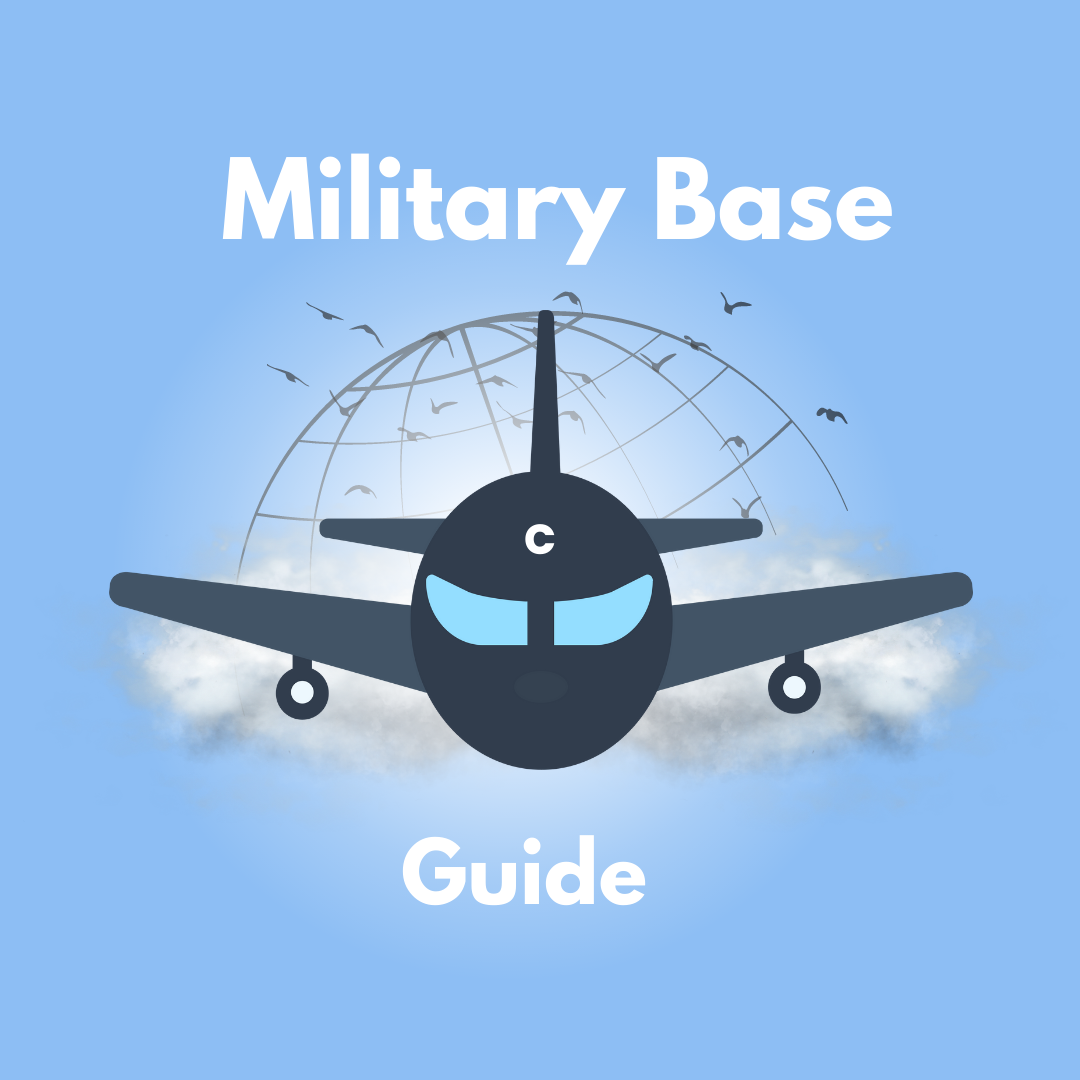Moving is a daunting task, especially when you are a member of the military. Permanent Change of Station (PCS) moves are a common occurrence for military personnel and their families, and each move comes with its own set of challenges and opportunities. Whether you are moving across the country or to a different country altogether, exploring the different types of PCS moves can help you prepare for the unique aspects of each move.
One of the most common types of PCS moves is the CONUS (Continental United States) move. This type of move involves transferring from one military installation to another within the United States. These moves can be relatively straightforward, but they still require careful planning and coordination. You may have to deal with housing arrangements, school transitions for your children, and other logistical considerations. Additionally, the distance and location of your new duty station can have a significant impact on the overall process.
Another type of PCS move is an OCONUS (Outside Continental United States) move. This type of move involves transferring to a military installation located outside of the continental United States, such as in Europe, Asia, or the Pacific. OCONUS moves present unique challenges due to the international aspect of the relocation. This can include obtaining visas or passports for family members, shipping pets, and navigating different cultural norms and customs. Language barriers and time zone changes can also add complexity to an OCONUS move.
In addition to CONUS and OCONUS moves, there are also specialized types of PCS moves, such as dual military moves and unaccompanied tours. Dual military moves occur when both spouses are members of the military and are required to relocate. This can involve coordinating two separate moves and ensuring that both individuals are able to transfer to new duty stations without significant disruptions. Unaccompanied tours involve military personnel being deployed to a new duty station without their families for a specified period of time. These moves require additional planning and support for the families who remain behind.
Each type of PCS move has its own set of challenges and opportunities. Understanding the unique aspects of each type of move can help military personnel and their families prepare for the relocation process. This may involve obtaining the necessary documentation, securing housing, arranging for transportation, and addressing any specific needs or concerns that arise during the move.
Ultimately, exploring the different types of PCS moves can help military personnel and their families navigate the relocation process more effectively. By understanding what sets each type of move apart, individuals can better prepare for the challenges and opportunities that come with relocating to a new duty station. While the prospect of a PCS move can be daunting, being informed and proactive can help make the process as smooth as possible.
